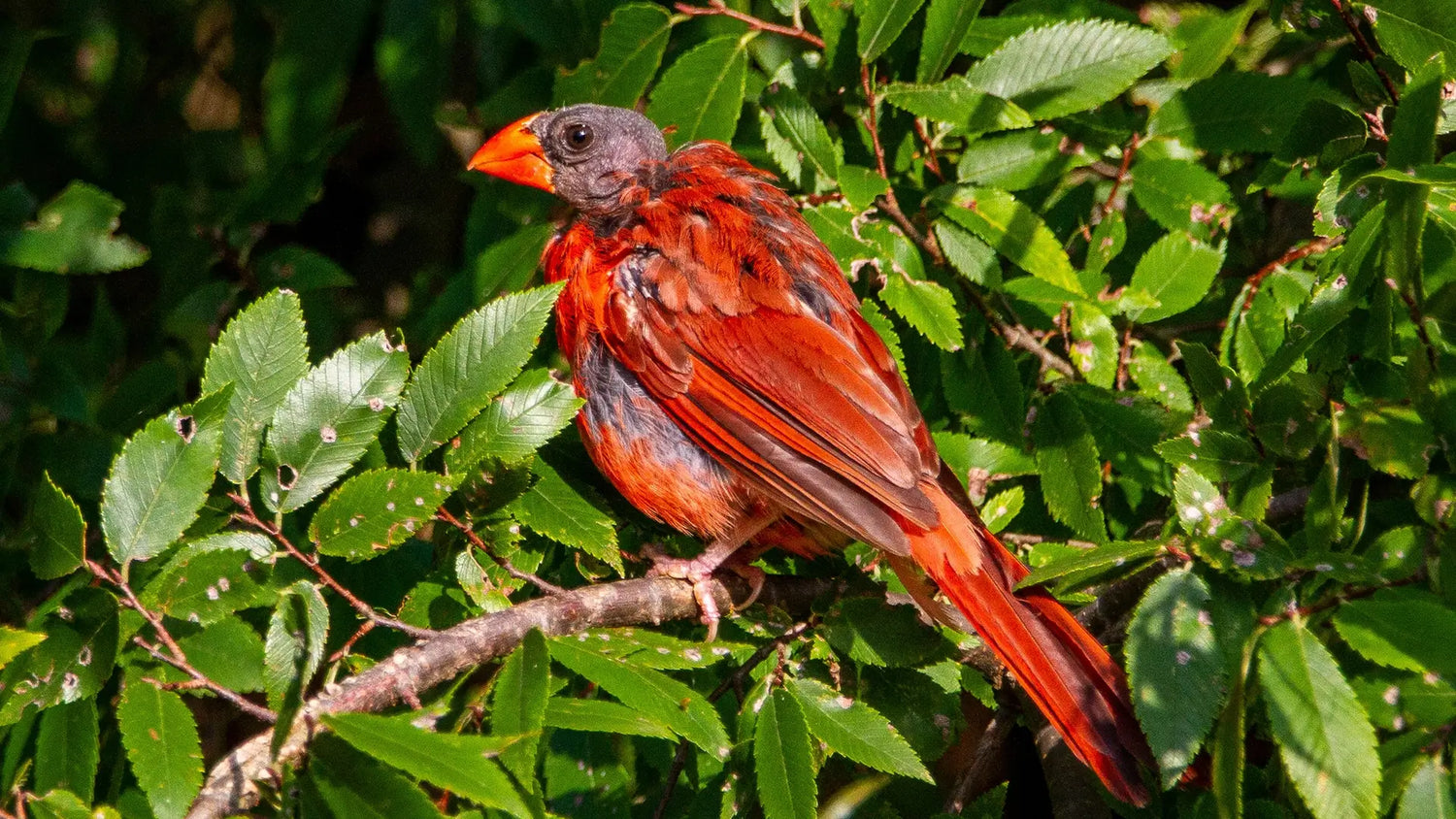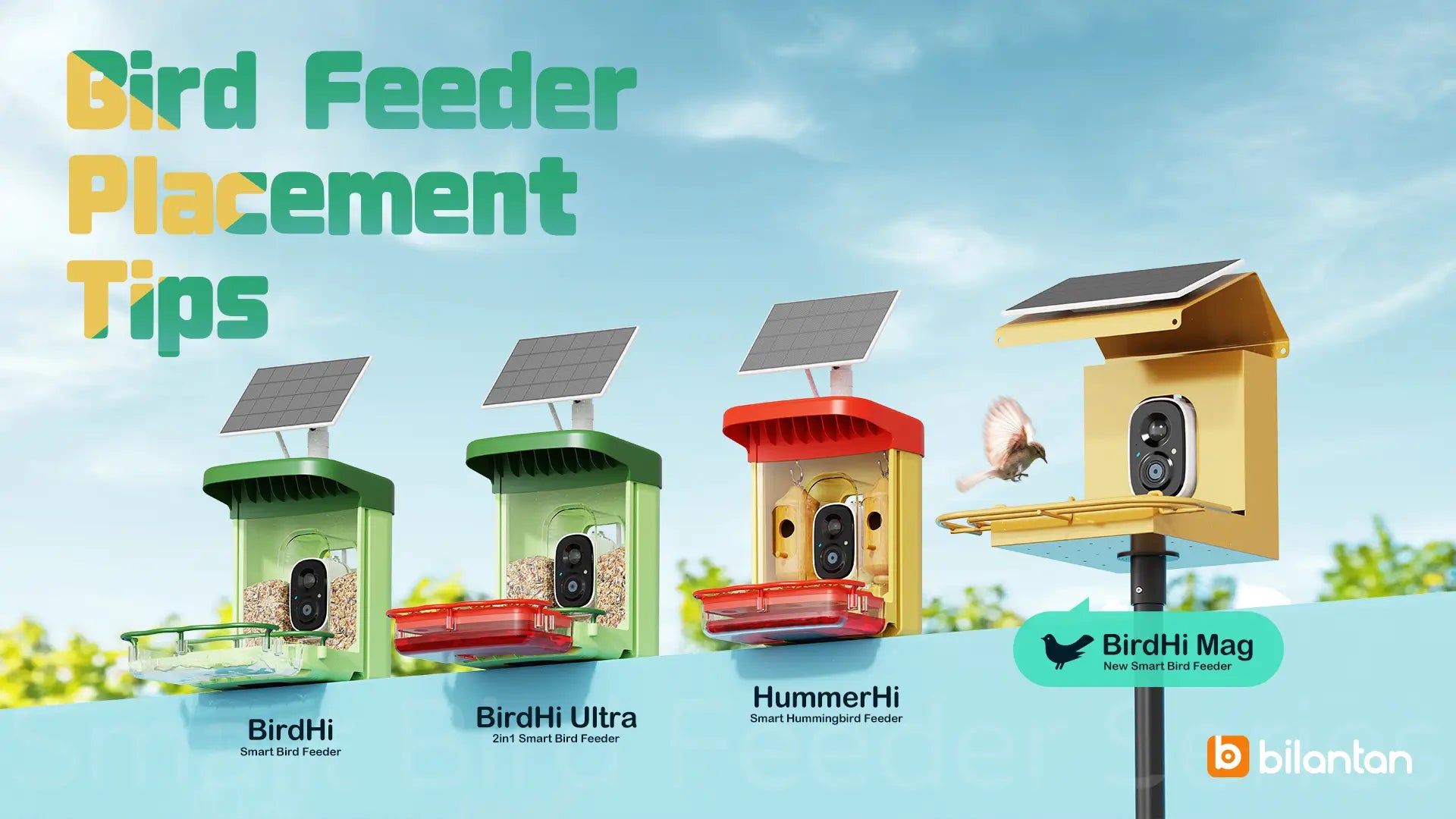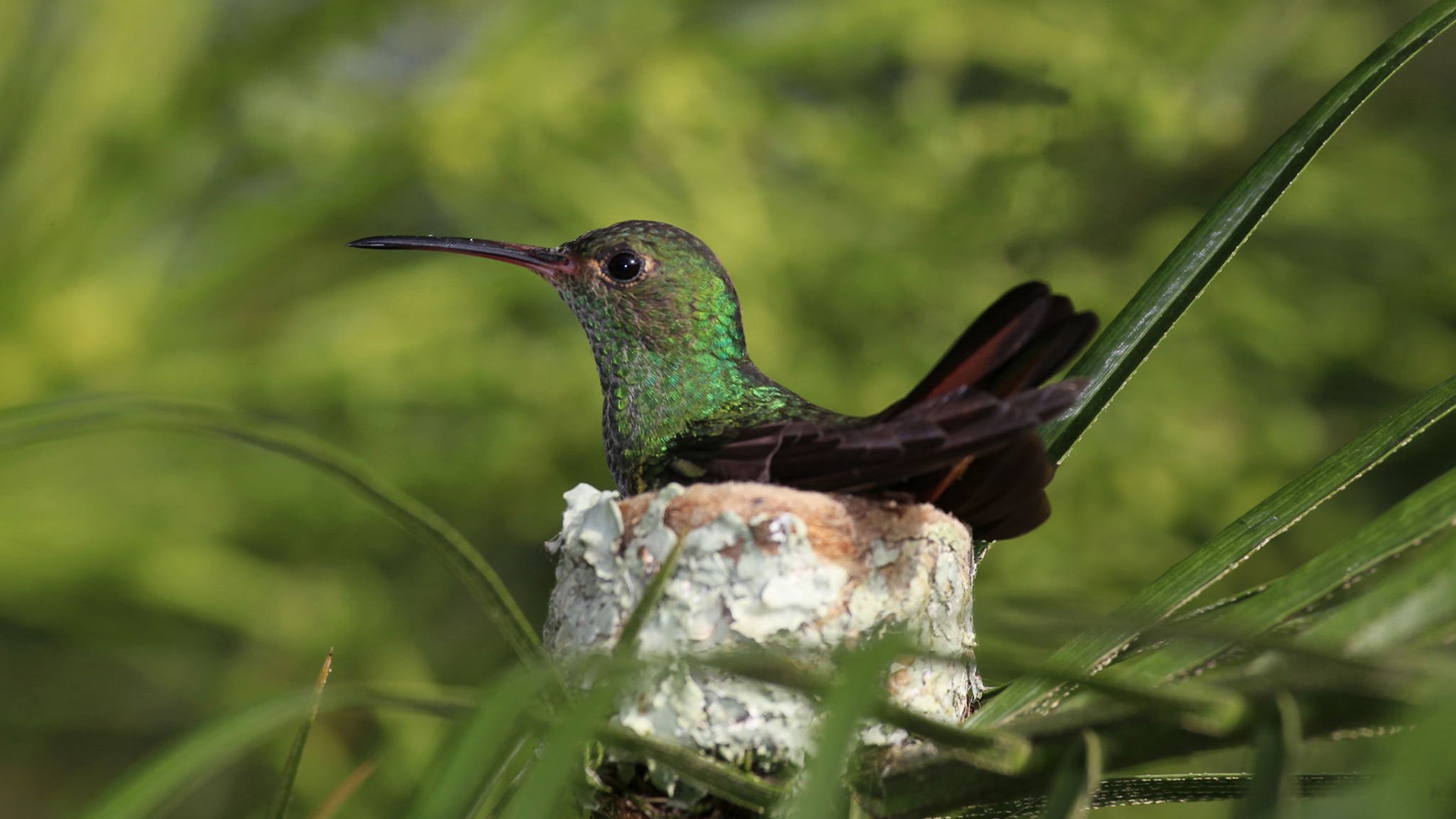Bird molt is a testament to nature's resilience and adaptability
Every year around this time, you might notice birds acting unusually or even disappearing from your garden and backyard for days or weeks. This behavior is due to their molting process, preparing them for the upcoming fall and winter seasons.
Background of Bird Molting
By July, most garden and backyard birds have finished breeding, having raised one, two, or even three broods. However, when you observe these birds through the BirdHi camera, you might wonder what's happening. Brightly colored birds like cardinals and blue jays now look rather shabby and messy. Their feathers may be fluffy or falling out, making them appear very different from their early-year look.

Why Do Birds Molt?
Firstly, adult birds have been exhausted over the past few months, tirelessly feeding their hungry chicks. They make hundreds of trips to the nest daily, leaving little time to find enough food for themselves, leading to exhaustion.
Another reason is the start of the molting process. Most songbirds (which are the majority of species visiting BirdHi camera feeders) molt once a year, usually in the summer. Feathers are crucial for birds, not only aiding in flight but also keeping them warm on cold winter nights.

The Importance of Feathers
Feathers are one of nature's marvels. They are both lightweight and sturdy, allowing birds to maneuver in the air and providing insulation. Birds maintain their feathers by preening, using their beaks to smooth out each feather's contour, ensuring they function correctly.
However, once feathers wear out, their effectiveness decreases. Without molting to replace old, worn, and damaged feathers, birds might struggle to fly properly, exposing them to predators. Even if they survive, they might not endure winter due to inadequate insulation.

Why Do Birds Molt in Summer?
By July, the hard work of the breeding season is mostly over, daylight remains long, and food is still plentiful. This makes summer an ideal time for birds to take a break from their strenuous activities and rejuvenate their feathers.
Food is essential for molting birds since growing new, neat feathers to replace the worn ones requires significant energy. The short days, cold weather, and scarcity of food in winter make molting during that season impractical and challenging.
Additionally, the foliage is still dense in summer, providing birds with cover as they molt, making them less vulnerable to predators.
Challenges After Molting
Some birds are resident birds, living in the same area year-round. These birds need to stay in peak physical condition as daylight shortens and temperatures drop, relying on fresh, well-maintained feathers.
Other species are migratory, flying south in the fall to warmer regions, either within the US or to Central and South America. These journeys can span thousands of miles, requiring birds to be in top condition with well-functioning feathers for efficient flight and predator evasion.
During the molting season, birds require additional support to regain their strength. Consider using tools like the BirdHi Mag Smart Bird Feeder. Its innovative features help provide birds with the nourishment they need while allowing you to monitor their visits conveniently through a mobile app.
Different Molting Cycles of Birds
Many birds molt once a year, such as raptors, thrushes, swallows, woodpeckers, flycatchers, and hummingbirds. Other birds primarily molt in the summer after breeding but undergo partial molting in the following spring before the breeding season begins. These birds, often males, have bright breeding plumage that dulls in the fall and winter. In North America, this includes sparrows, finches, and warblers. A few species, like the American goldfinch and marsh wren, undergo two complete molts each year.
Detailed Analysis of the Molting Process

Shedding of Old Feathers
The first step in molting is shedding old feathers. Over time, these feathers loosen and fall out, making the bird look particularly shabby and unkempt. This shedding usually occurs in stages to ensure the bird does not lose its ability to fly during the process.
Growth of New Feathers
After old feathers shed, new feathers begin to grow. These feathers emerge from follicles, gradually replacing the old ones. This process consumes significant energy and nutrients, requiring birds to eat more to support the growth of new feathers.
Maturation of Feathers
Fully growing and maturing new feathers takes several weeks or even months. During this time, the bird's appearance gradually returns to its beautiful state. The new feathers not only enhance the bird's flight capabilities but also improve its insulation, preparing it for the upcoming cold season.
Behavioral Changes During Molting
During molting, birds may exhibit significant changes in behavior and activity. They choose more secluded habitats to avoid predators and reduce flying to conserve energy. During this period, birds may seem more cautious and quiet to ensure they complete the molting process successfully.
Conclusion
Molting is a crucial natural process in a bird's life. Understanding bird molting helps us better appreciate and protect these beautiful creatures. This molting season, pay attention to the birds in your garden, observe their changes, and enjoy this fascinating natural phenomenon.
We hope this article helps you better understand the bird molting process. If you have any questions or want to learn more, feel free to leave a comment!





Leave a comment
All comments are moderated before being published.
This site is protected by hCaptcha and the hCaptcha Privacy Policy and Terms of Service apply.